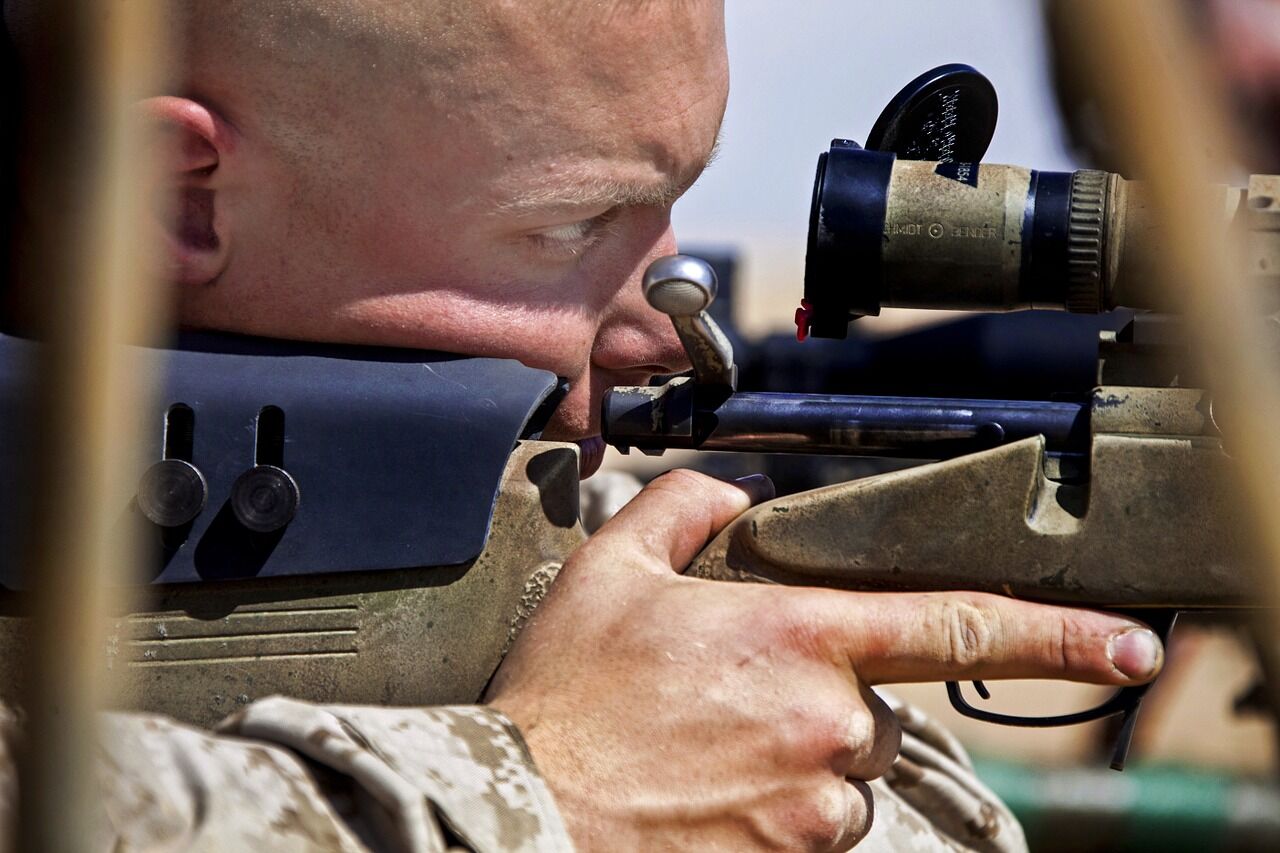Sheet metal fabrication plays a crucial role in the creation of high-quality firearms. Understanding the various techniques in this process can help you appreciate the craftsmanship involved. Let’s explore the key sheet metal fabrication techniques for gun manufacturers, focusing on the most important processes. Blanking Blanking is the initial step in the sheet metal fabrication […]
Category: Gunsmithing | Cleaning
5 Tips to Keep your Ruger 10/22 Running Like a Top
Who doesn’t love a Ruger 10/22? That are fast, accurate, and beyond fun to shoot. Nearly everyone has one and many people (like me) have several. They are very easy guns to operate and maintain. If you want to get the most out of your 10/22, here are some tips to help! Keep It Clean […]
How to Build a 0% Polymer AR Lower Using a Kit: Is it Worth It?
I got back into building AR pattern rifles last year and made a couple to meet my personal desires. As always I like pushing the envelop and thought of manufacturing my own lowers for my personal use. Research into this lead me to cast epoxy lower receivers. I have heard good things about them. […]
Buying Guide: Best Scope Mounts
It is very important that you ensure that rifles work as intended. Owning am expensive rifle does not guaranty accurate shots. Proper quality firearm accessories play a massive role into ensuring that you weapon can give its 100% every time, there are few accessories more vital and essential to a gun than a scope mount. […]





